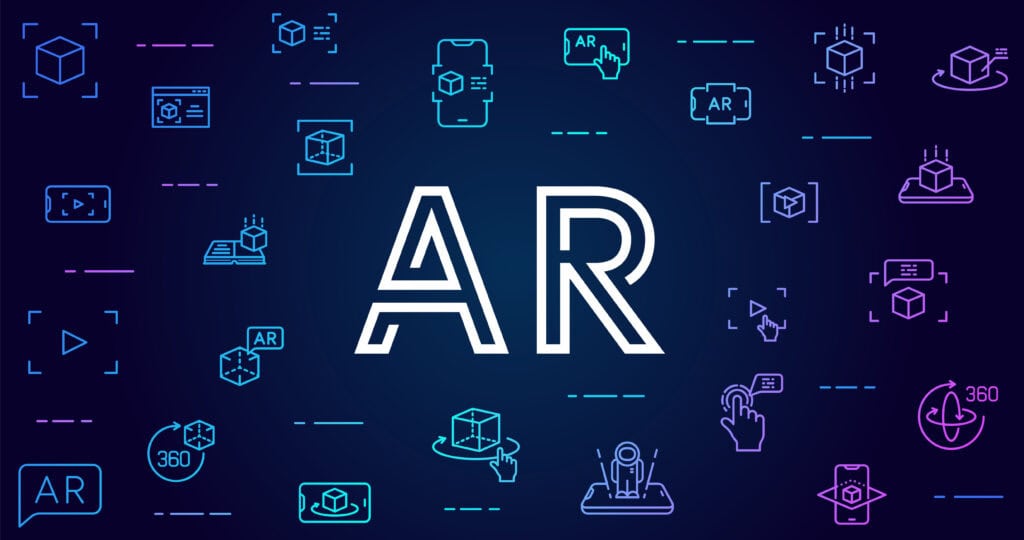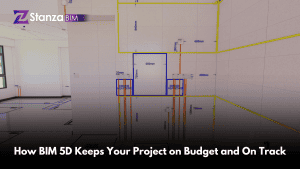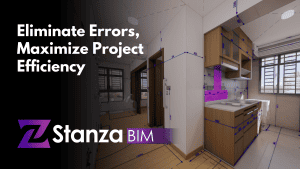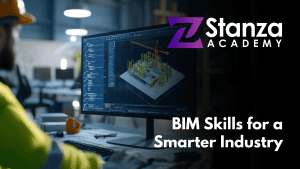Augmented reality (AR) technology is rapidly gaining ground in industries such as architecture, engineering, and construction (AEC) industries. AR is a digital overlay of information or objects in the real world, enhancing the user’s perception of their surroundings. In the AEC industry, AR technology is being used to improve building design and visualization, making it easier for architects, engineers, and clients to envision and modify projects.
One key significant benefit of AR technology in the design stage of a building project is to allow clients to have a more immersive and interactive experience even before construction begins. With AR, clients can see and explore their projects in 3D, giving them a better understanding of how the finished building will look and feel. They can walk through virtual models of the building, make changes, and see the impact of those changes in real time.
AR technology also helps architects and engineers to work more efficiently. Designers can use AR to visualize building designs in real-world environments, making the project easier to assess, inspect, and manage.
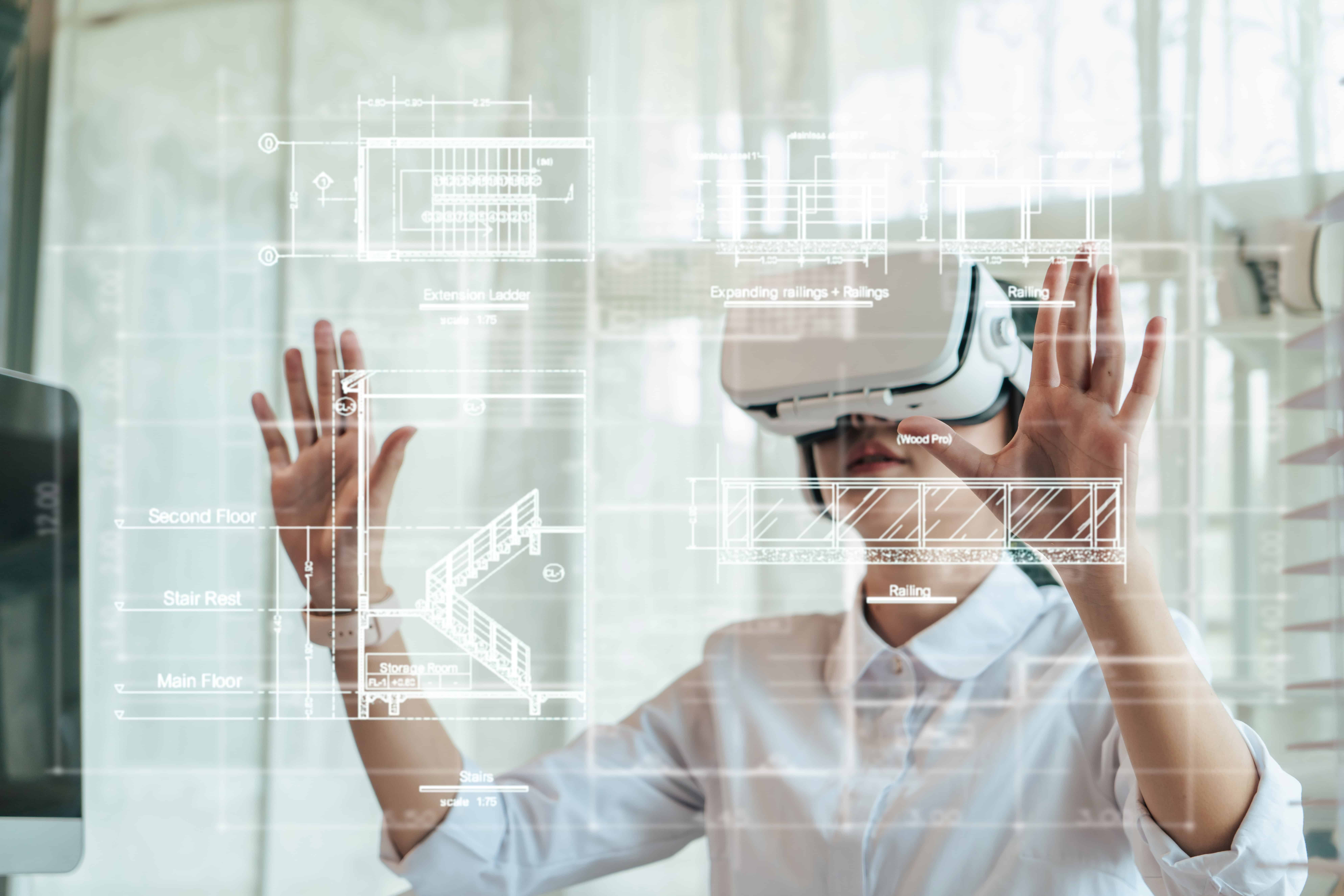
AR technology also improves construction safety. With AR, construction professionals can overlay virtual designs onto the real-world construction site, helping to identify potential hazards and avoid accidents. This technology can also be used to train workers on complex construction procedures, reducing the risk of human error.
Overall, AR technology is revolutionizing the AEC industry by enhancing building design and visualization. It provides a more interactive experience for clients, helps designers and engineers work more efficiently, improves collaboration between stakeholders, enhances construction safety, and improves building maintenance and management.
